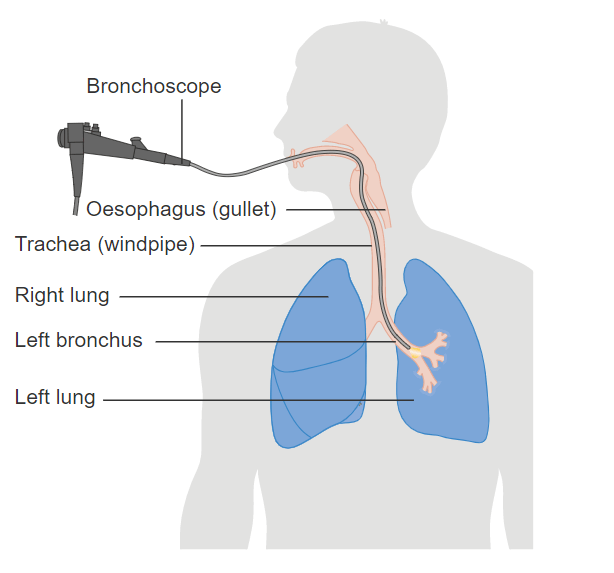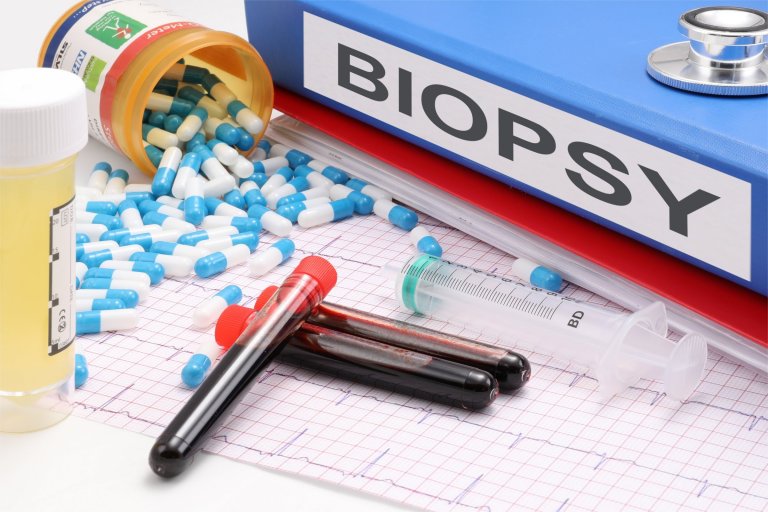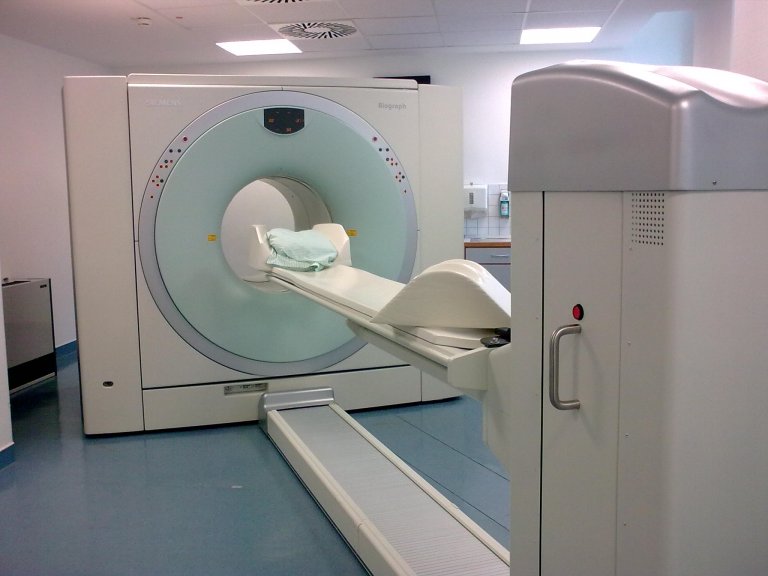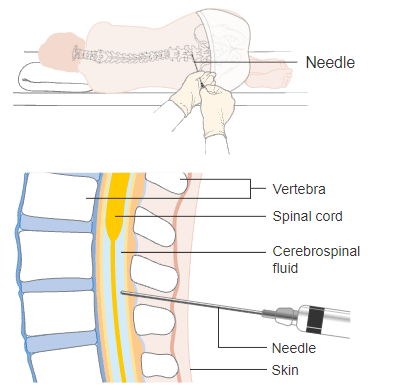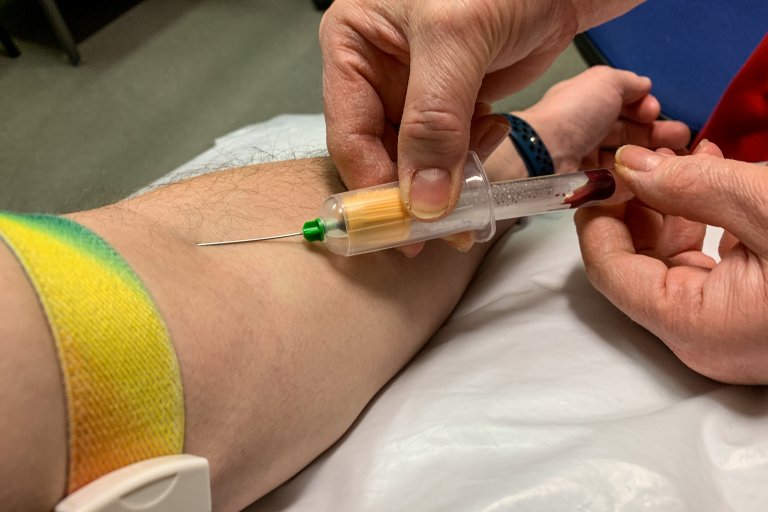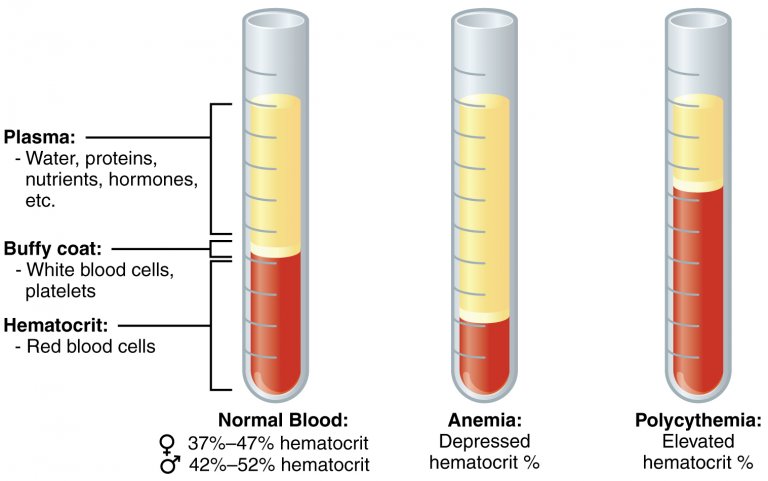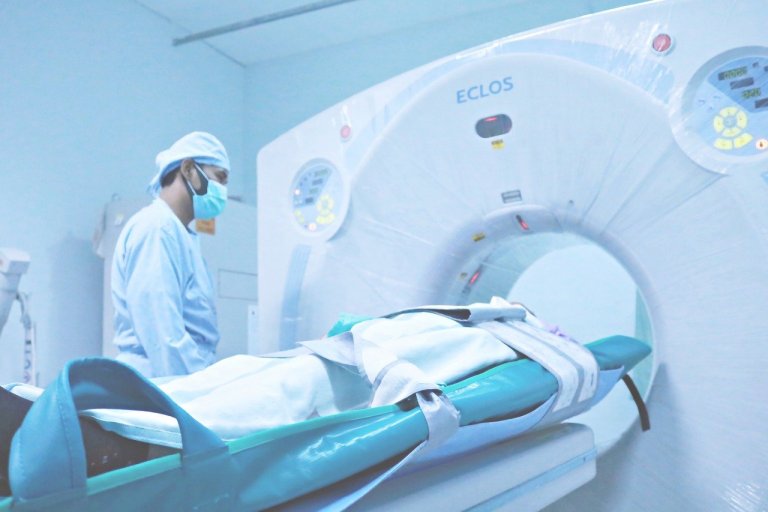Identify a Disease
Diagnostics 101
The word Diagnosis comes from the ancient Greek word diagignōskein, which means “distinguish”, “discern”. This branch of medicine refers to the process of identifying a disease or an injury from the signs observed in a patient by a qualified medical practitioner and symptoms experienced by the patient. a diagnosis can be achieved by doing a physical examination, gathering the patient’s family history, running blood tests or radiological tests, or collecting a tissue sample (biopsy) for further examinations. This process enables health practitioners to precisely and accurately identify the cause of the disease or injury, and determine the most appropriate treatment strategy.
Diagnostics 101 is aiming to provide comprehensive guidelines on the most and less common diagnostic procedures, describing how to prepare and what to expect from those. A better understanding of these diagnostic procedures sets the basis to make informed decisions about your health care.
A Guide to a Bronchoscopy Procedure
Endoscopy refers to a procedure where doctors can see inside your respiratory tract. This article will discuss everything there is to know about an endoscopy.
A Guide to an Amniocentesis Procedure
Amniocentesis is a procedure in which some of the fluid around the foetus and womb is extracted for testing. This article will discuss everything about Amniocentesis.
A Guide to a Biopsy Procedure
A biopsy refers to the removal of a small part of tissue from your body as samples. This article will discuss everything about a biopsy from indications to recovery.
A Guide to a Positron Emission Tomography (PET) Scan
A PET Scan is one of the most common methods in detecting diseases and abnormalities in the body. This article will discuss everything there is to know about a PET scan.
A Guide to a Lumbar Puncture Procedure
A lumbar puncture is a common method used when either inserting or extracting material from the spine. This article will discuss everything about the procedure.
A Guide to a Liver Function Test (LFT)
A liver function test (LFT) is a lab test that measures certain enzymes and proteins in your blood. This article will uncover everything about a LFT.
A Guide to a Haematocrit (HCT) Test
Haematocrit is a test that measures the proportion of red blood cells in a given volume of blood. This article will discuss the procedure and its implications.
A Guide to a CT Scan Procedure
A CT scan is a useful procedure which provides us with a detailed image of different parts of our body. This article will discuss everything about a CT Scan.
A Guide to a Colonoscopy Procedure
Ever wondered how abnormalities in the colon and rectum are discovered? This article will discuss everything about a Colonoscopy from risk factors to recovery.
Subscribe for Health Resources
Join our mailing list for access to software, subscriber-only content and more.



